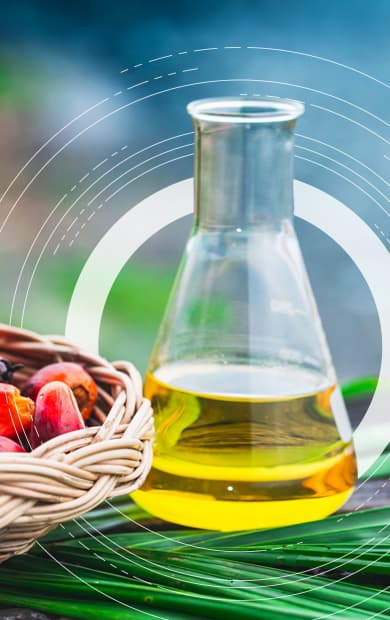Overview
Argus’ oleochemicals services give you in-depth global and regional pricing insight, including feedstock analysis, in single, concise and integrated reports.
You get access to pricing, global industry news and analysis of key economic drivers on a weekly basis. You’ll also get up to date trade flow coverage.
Argus covers the entire energy and commodities supply chain, feeding insight from its biofuels, agriculture and energy teams into its coverage of oleochemicals to provide you with a full picture.
You get access to pricing, global industry news and analysis of key economic drivers on a weekly basis. You’ll also get up to date trade flow coverage.
Argus covers the entire energy and commodities supply chain, feeding insight from its biofuels, agriculture and energy teams into its coverage of oleochemicals to provide you with a full picture.
Latest oleochemical news
Browse the latest market moving news on the global oleochemical industry.
No Results Found
Spotlight content
Browse the latest thought leadership produced by our global team of experts.
Video - 14/01/25
Fatty Acids and Fatty Alcohols Outlook - Q1 2025
Our latest Outlook video provides a snapshot of our view of the market in Q1, including palm oil and lauric oil market dynamics, as well as the latest trends in the Fatty Acids and Fatty Alcohols markets.
Podcast - 25/10/24Chemical Conversations: EUDR impacts on the palm oil and oleochemicals markets
Video - 07/05/24Q2 2024 fatty acids and alcohols outlook
Our oleochemicals experts deliver and an insightful presentation on the outlook for fatty acids and alcohols markets
Explore our oleochemicals products
Speak to our experts today
Register below and we will customise a solution that meets your exact needs. When you speak to one of our experts, you may be qualified to sample our industry-leading products on a no-cost basis.
You can unsubscribe from these updates at any time. We manage your personal data in accordance with our privacy policy.



